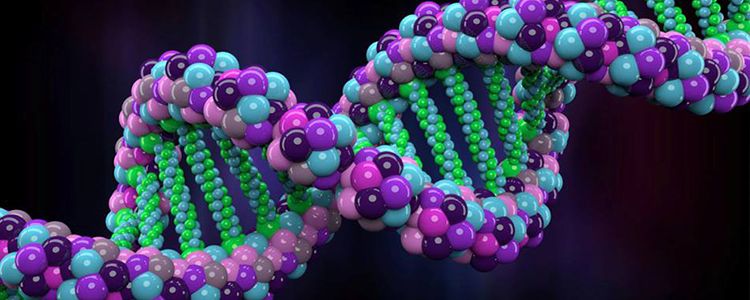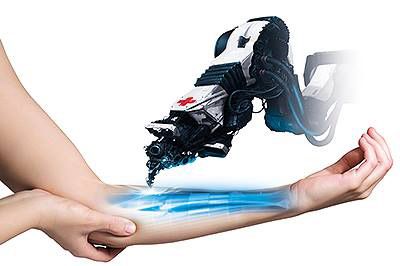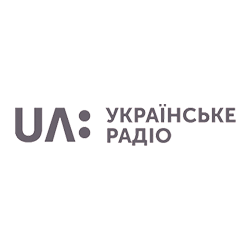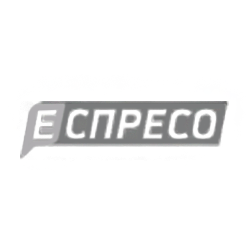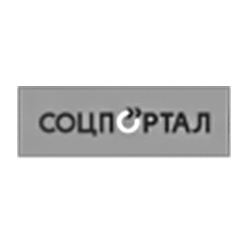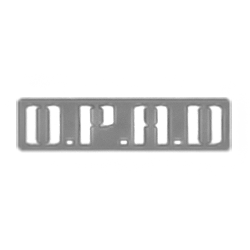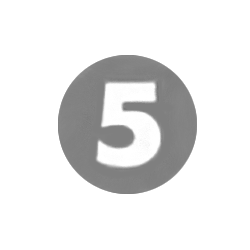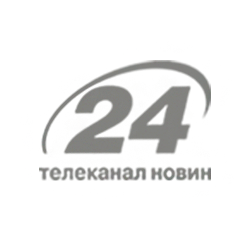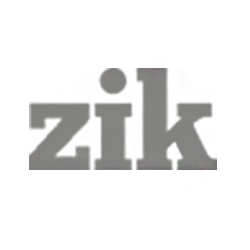Young animals are known to easily be able to restore tissue, but can we apply this ability to an adult body? New research conducted as part of the study of stem cells (the Stem Cell Program) at Children’s Hospital, gives a positive answer to this question. Due to being reactivated in the body of mice, the sleeping Lin28a gene, which is active in embryonic stem cells, scientists were able to grow hair, restore cartilage, bone, skin and other soft tissue. The study showed the gene Lin28a promotes tissue regeneration, particularly by increasing the metabolism of the mitochondria, which produces energy in the cell organelles – suggesting that increased mitochondrial metabolism could open up new possibilities in the field of regenerative medicine.
“Attempts to improve wound healing and tissue repair in general has not yielded the desired result, but with a change in metabolism – it is a new strategy we hope will be successful,” said study leader Professor George Daley, director of stem cell transplantation in Boston Children’s hospital and Medical Institute researcher Govarda Hughes.
“Most people believe that the major players in wound healing are growth factors, but we have found that limiting the speed of tissue repair is the factor of basic cell metabolism,” adds doctoral student Ng Shyh-Chang, the first co-author of the article, in Dr Daley’s laboratory. “The increase in metabolic rate that we saw when reactivating Lin28a, is characteristic of the embryo at the stage of rapid growth.”
The Lin28a gene, first discovered in worms, is in all complex organisms. It is widely represented in embryonic stem cells, powerfully expressed in the early stages of formation of the embryo and used to reprogram skin cells into stem cells. It acts by binding to RNA and gene regulation of broadcasting in proteins.
To better understand how Lin28a stimulates tissue regeneration, the researchers studied the RNA with which it interacts. They began with Let-7 microRNAs, which we already know promotes cell maturation and aging. Lin28a inhibits miRNA biogenesis let-7, but the suppression of let-7 is necessary, but not sufficient to gain reparation.
As it turned out, Lin28a affects cells and produces a number of other effects. In particular, the researchers found it increases the production of metabolic enzymes of mitochondria – structures that produce energy. Boosting bioenergy cells, Lin28a helps generate the energy required for the promotion and growth of new tissue.
“We already know that the accumulated degradation of mitochondrial metabolism can lead to aging of many cells and tissues,” Shyh-Chang said. “We’ve proven the opposite: increased mitochondrial metabolism enhances tissue regeneration and reparation, restoring that remarkable ability to recover inherent in young animals.”
Further experiments showed that the exclusion from the scheme Lin28a and direct activation of mitochondrial metabolism of one of the low molecular weight compounds also leads to improved wound healing. This points to the possibility of inducing regeneration and stimulate tissue repair using drugs.
“As Lin28a very difficult to implant into the cells, the fact we managed to pharmacologically activate the metabolism of mitochondria gives hope,” Shyh-Chang said.
Lin28a does not induce the regeneration of tissues. Thus, in experiments on heart tissues only a small effect was seen, and although scientists managed to stimulate recovery in the fingertips in newborn mice, they could not recreate this effect in adult animals.
“Lin28a can be a key factor in the preparation of cocktails that heal,” Shih-Chang said. “But there are other embryonic factors yet to be found.”
Source: http://www.cell.com/abstract/S0092-8674%2813%2901278-6
This advanced technology exists in Ukraine. Unfortunately, we tend to think that only abroad good clinics, with advanced technology and professional doctors exist. While the medical system in Ukraine is far from ideal, and we must get rid of inferiority complex. It is not necessary to go far to get the expert help of professionals. The Bioengineering Rehabilitation for Wounded project has for the past 18 months proven it. For our wards this advanced technology is the only way to avoid disability and physical limitations. And it is here in Ukraine they can be provided with this assistance. The number of men who have been put back on their feet by the project’s doctors is growing. And many more wounded military personnel are in need of medical care which can not be provided in public institutions, and often not even abroad. So once again we ask all to get involved in fundraising to support Ukraine’s military.
Soldiers for treatment we are actively fundraising for:




